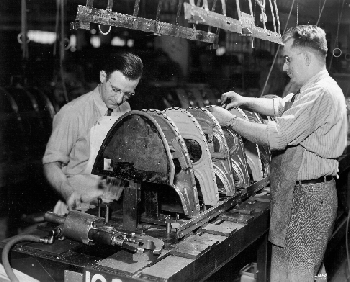View Maryland Counties
- Allegany
- Anne Arundel
- Baltimore City
- Baltimore County
- Calvert
- Caroline
- Carroll
- Cecil
- Charles
- Dorchester
- Frederick
- Garrett
- Harford
- Howard
- Kent
- Montgomery
- Prince George's
- Queen Anne's
- St. Mary's
- Somerset
- Talbot
- Washington
- Wicomico
- Worcester
Baltimore County
 Baltimore County was one of the original counties of the province with borders extending across the northern portion of the colony. As the region developed, such boundaries proved too expansive for the proper administration of the county. By 1851, Baltimore City and parts of Carroll, Cecil, Frederick, and Harford counties were carved from the original boundaries. Today, the county is bordered on the north by the Mason-Dixon line and Pennsylvania, on the east by Harford County, and on the south and southwest by the Chesapeake Bay, Baltimore City, Anne Arundel and Howard counties, and the Patapsco River, and on the west by Carroll County. The legal origin of the county is unknown, but it was in existence by January 12, 1659/60 when a writ was issued to the county sheriff. Like Baltimore City, the county name is derived from the Proprietary's Irish Barony.
Baltimore County was one of the original counties of the province with borders extending across the northern portion of the colony. As the region developed, such boundaries proved too expansive for the proper administration of the county. By 1851, Baltimore City and parts of Carroll, Cecil, Frederick, and Harford counties were carved from the original boundaries. Today, the county is bordered on the north by the Mason-Dixon line and Pennsylvania, on the east by Harford County, and on the south and southwest by the Chesapeake Bay, Baltimore City, Anne Arundel and Howard counties, and the Patapsco River, and on the west by Carroll County. The legal origin of the county is unknown, but it was in existence by January 12, 1659/60 when a writ was issued to the county sheriff. Like Baltimore City, the county name is derived from the Proprietary's Irish Barony.
Baltimore County has many sites of interest to visitors, including horse farms, historic houses, museums, and picturesque countryside. Hunts are still popular and cross-country races held here attract equestrians from all sections of the east. Numerous thoroughbred breeding and training stables are located here such as Sagamore Farms, the home of several noted racehorses, including Discovery and Native Dancer. Maryland's state sport, jousting, is practiced here. Among the sites popular with visitors to the county are Hampton National Historic Site, the home of the Ridgely family for more the 150 years; the Timonium Fairgrounds, site of the annual state fair; and Loch Raven Reservoir.

MSA SC 1477-6464
The Jones Falls, seen here as it flowed in front of Union Station c. 1910, had degenerated into an open sewer by the time of Baltimore's Great Fire in 1904. As part of the city's reconstruction, the stream was forced into a huge concrete pipe, storm drains were laid, and a modern highway was paved on the surface.

MSA SC 908-04-151
Druid Lake, set in Druid Hill Park, is one and a half miles in circumference. Through the years it has given Baltimoreans a relaxing pastoral setting in which to enjoy their leisure time.

MSA SC 1890-MI-2328
From the second half of the nineteenth century until well into the twentieth, steamships were a primary form of transportation and Baltimore was an international port. Numerous steamship companies line Light Street, with vessels bound for Boston, New York, Philadelphia, New Orleans, Havana and Liverpool.

MSA SC 1477-5868
Baltimore harbor continued to be a busy place in 1935 when this aerial view was made, though the nature of the port had changed from its earlier steamship days.

MSA SC 1477-6679
Maryland's premier position in the history of aviation was assured in 1929 when the Glenn L. Martin Company relocated to Middle River, on the outskirts of Baltimore. Here, a gaggle of goggled engineers line up in front of a biplane at the Company.

